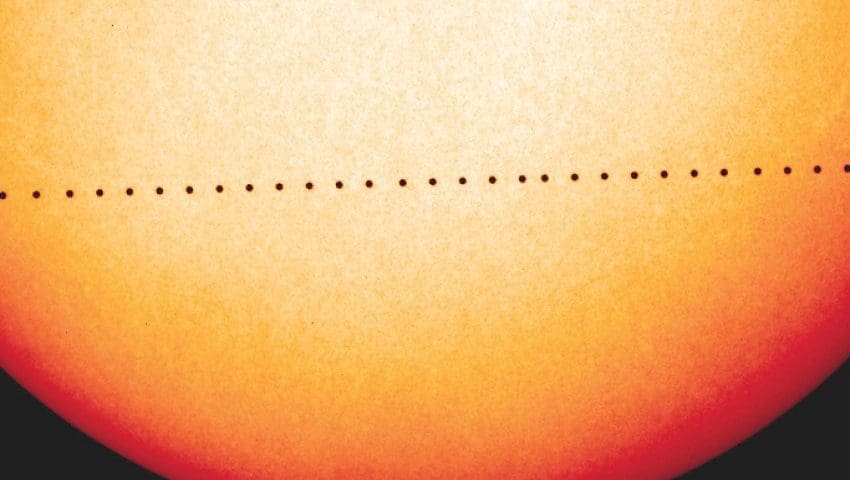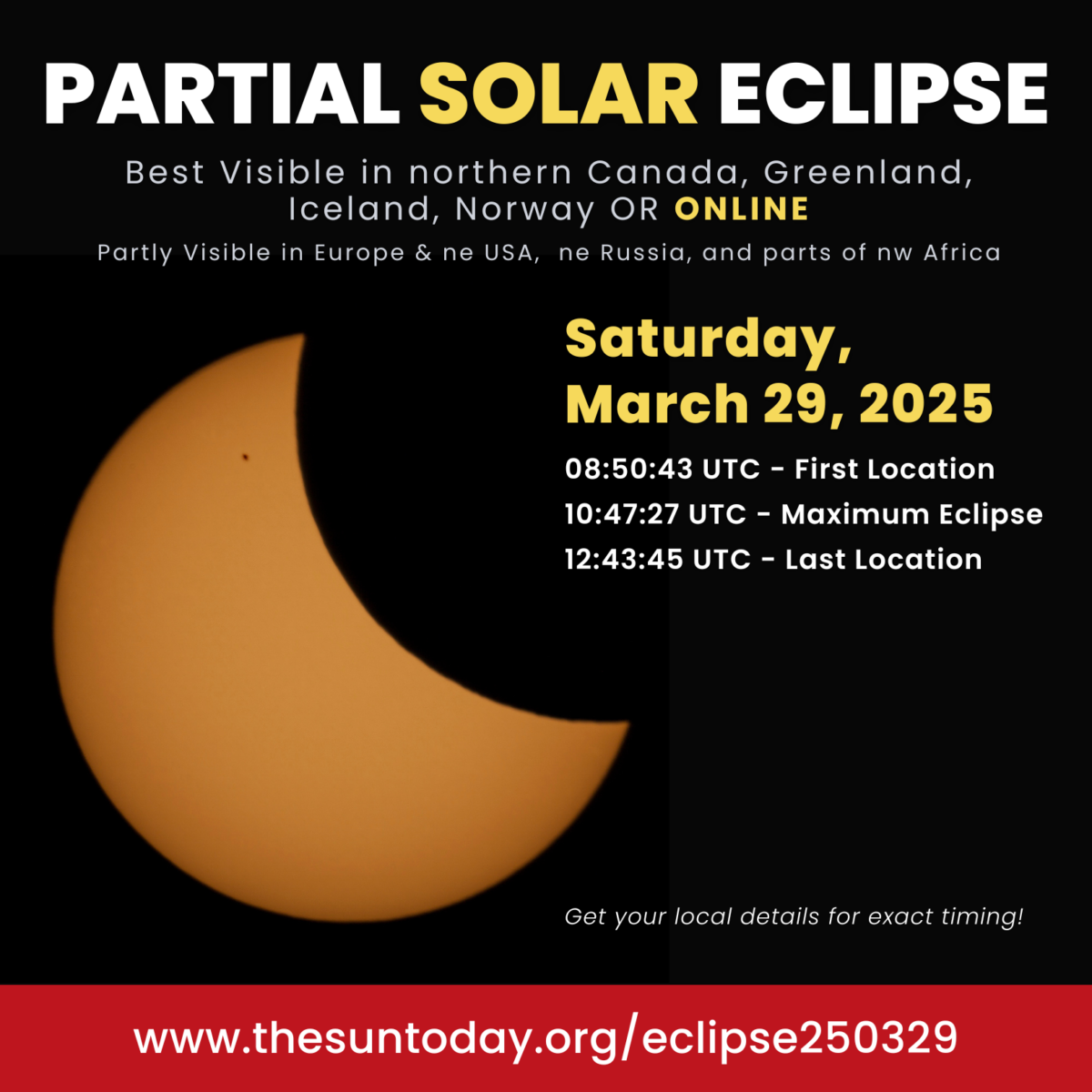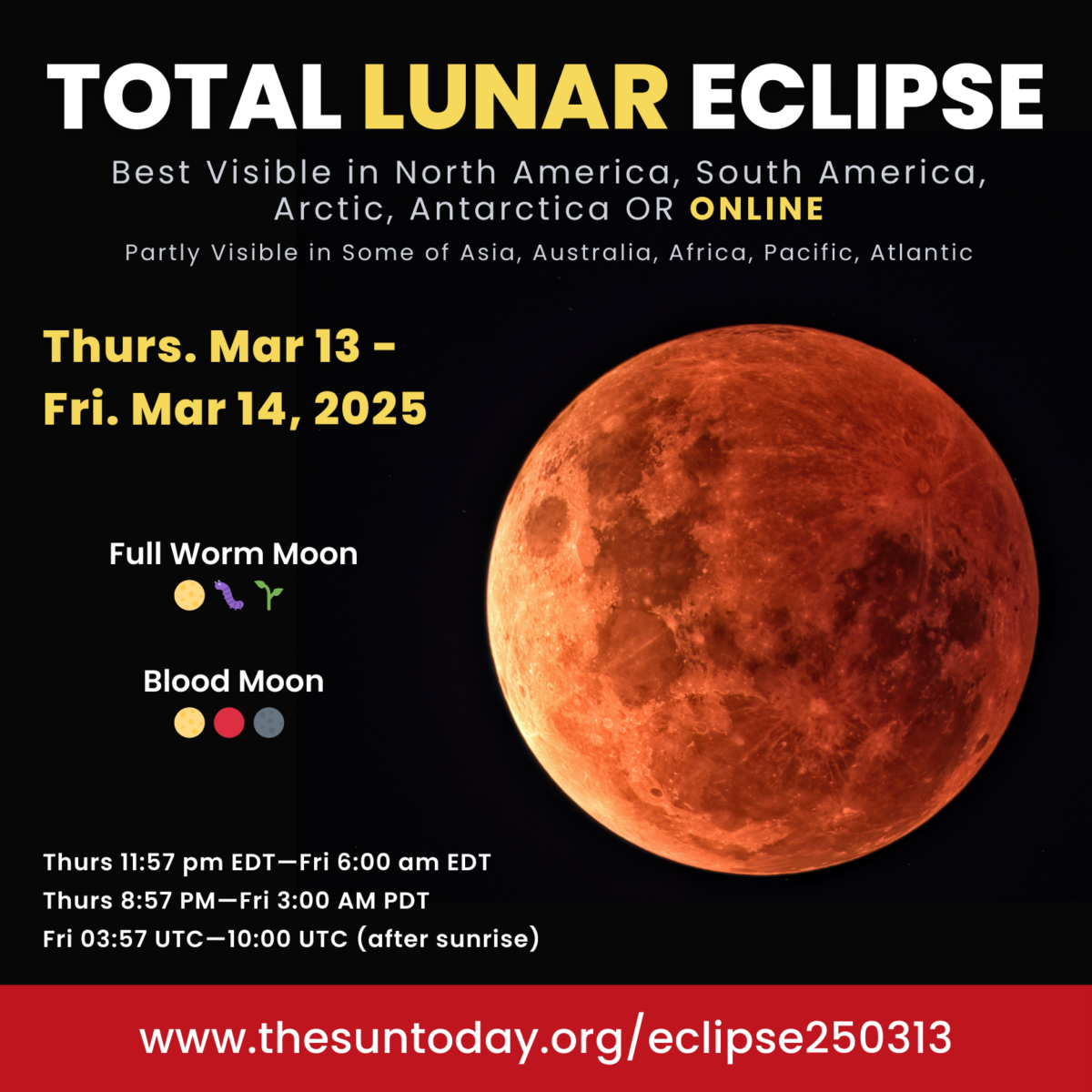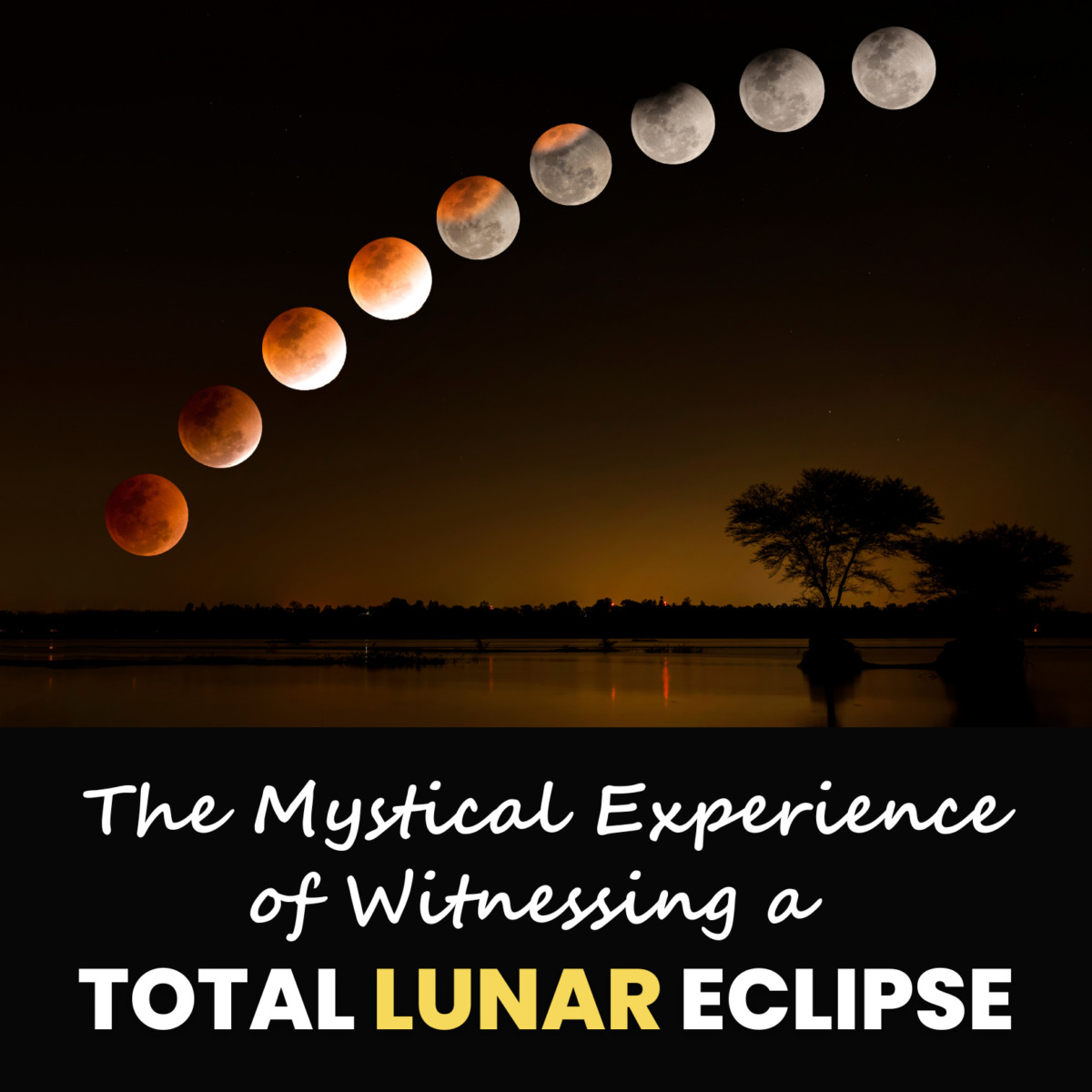
The planet Mercury will move in front of the sun, May 9, 2016, starting around 7:15 a.m. EDT and ending around 2:45 p.m. EDT. It can be seen from the ground with special solar viewing equipment however, the best way to follow the transit is from www.nasa.gov/transit and observing images of the event in near-realtime from the Solar Dynamics Observatory (SDO).
What is a transit?
When a planet or moon moves between a star (or the sun) and an observer, it is called a transit. If a shadow is cast on the observer, it is a special kind of transit called an eclipse. On Earth, we can only see transits of Mercury and Venus as they are the only inner planets between us and the sun. Transits of Mercury are moderately rare with 14 between 2000-2099. The last Mercury transit was November 8, 2006, the next 2 transits are May 9, 2016, and November 11, 2019. Check out Fred Espenak for more information. Venus is much rarer with only 2 during the current century, which occurred in 2004 and 2012. For more on the Transit of Venus check out our post.
CREDIT: http://science.nasa.gov/
When can I see it?

Observers in the eastern half of North or South America get to see the entire transit on May 9th. At locations farther west, the event begins before sunrise. This diagram shows celestial north as straight up. When the Sun is in the morning sky, celestial north is tilted some tens of degrees counterclockwise from up, depending on the time and your latitude. In the afternoon, the Sun will appear rotated clockwise from this view.
Sky & Telescope diagram – See more at: http://www.skyandtelescope.com/astronomy-news/observing-news/may-9th-transit-of-mercury-everything-you-need-to-know/#sthash.QZVMOlrJ.dpuf
| Event | UTC Time | Time in EDT* |
|---|---|---|
| First location to see the partial transit begin | May 9 at 11:10:25 | May 9 at 7:10:25 AM |
| Geocentric** partial transit begins (ingress, exterior contact) | May 9 at 11:12:18 | May 9 at 7:12:18 AM |
| First location to see the full transit begin | May 9 at 11:13:37 | May 9 at 7:13:37 AM |
| Geocentric** full transit begins (ingress, interior contact) | May 9 at 11:15:30 | May 9 at 7:15:30 AM |
| Mercury is closest to the Sun’s center | May 9 at 14:57:25 | May 9 at 10:57:25 AM |
| Geocentric** full transit ends (egress, interior contact) | May 9 at 18:39:12 | May 9 at 2:39:12 PM |
| Last location to see full transit end | May 9 at 18:41:05 | May 9 at 2:41:05 PM |
| Geocentric** transit ends (egress, exterior contact) | May 9 at 18:42:24 | May 9 at 2:42:24 PM |
| Last location to see partial transit end | May 9 at 18:44:17 | May 9 at 2:44:17 PM |
* The local times shown do not refer to when the transit can be observed from EDT. Instead, they indicate the times when the transit begins, is at its midpoint, and ends, somewhere else on Earth. The corresponding local times are useful if you want to view the transit via a live webcam. Times should be accurate to a few seconds.
** The geocentric times refer to a theoretical situation where the transit is viewed from the Earth’s center. They are used to provide an approximately average time schedule for astronomical events. Because of varying perspectives, observers on the Earth’s surface will experience the transit at slightly different times depending on their location.
Geocentric duration of this Mercury Transit is 7 hours, 30 minutes, 6 seconds.
(Source for timing is TimeandDate.com)
https://youtu.be/DkeFvaPqqBE
Where can I see it?
The transit will be at least partially visible from regions in Europe, Asia, Africa, North America, South America, Pacific, Atlantic, Indian Ocean, Arctic, Antarctica. But to see the transit from the ground, binoculars or telescopes with special solar filters are needed. NEVER LOOK DIRECTLY AT THE SUN.

The transit will be widely visible from most of Earth including the Americas, the Atlantic and Pacific Oceans, Europe, Africa and much of Asia, as shown in Figure 2 above. None of the transit will be visible from eastern Asia, Japan, Indonesia, Australia and New Zealand. credit: Fred Espenak, http://eclipsewise.com/oh/tm2016.html
The best way to follow the transit is from www.nasa.gov/transit and observing images of the event in near-realtime from the Solar Dynamics Observatory (SDO).





